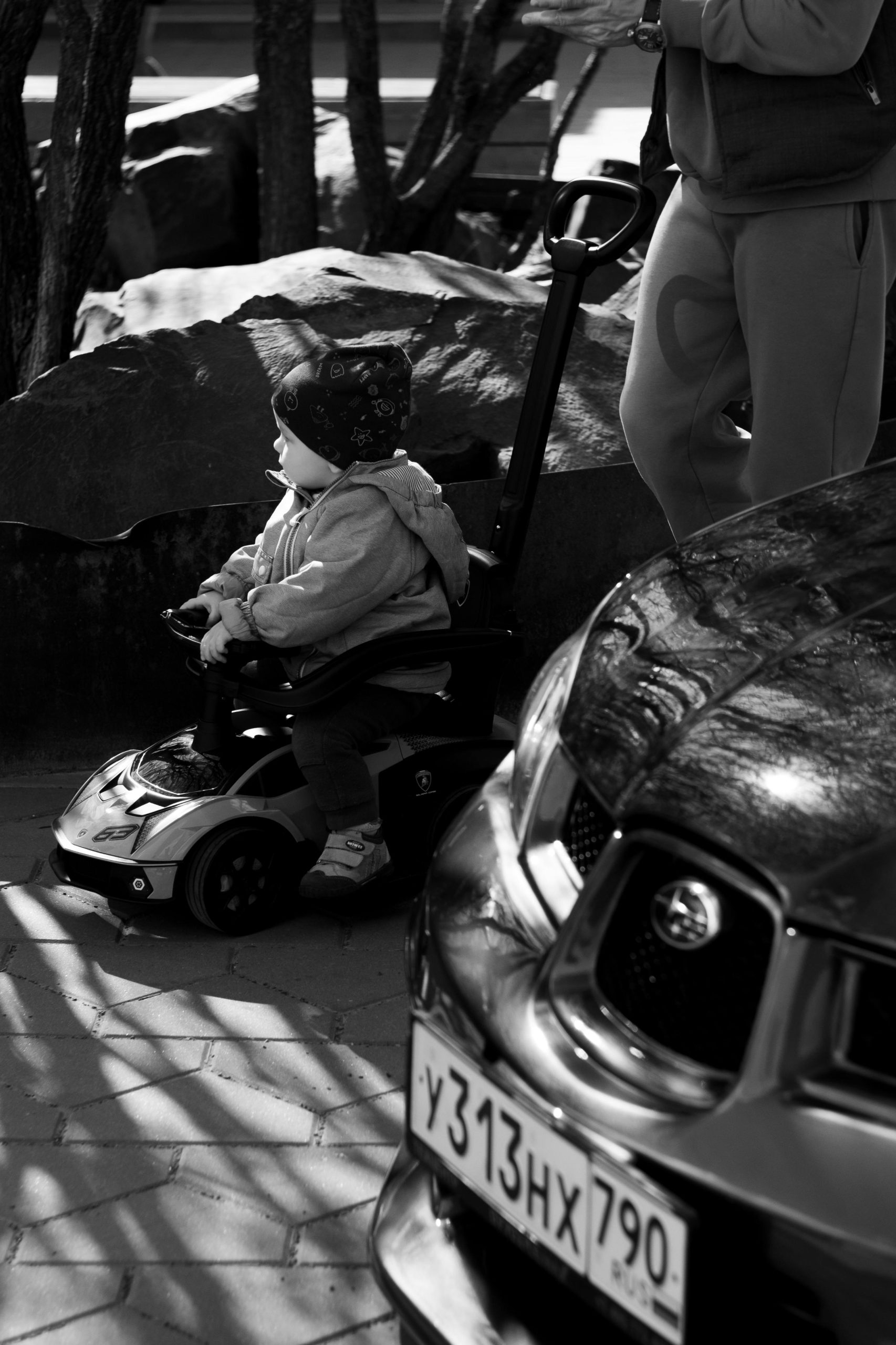Accident with Ryder Truck and 53 ft Trailer
I was driving my 2016 Mazda Miata in the right lane of a four-lane highway when I approached a red light. As traffic backed up, a Ryder truck positioned itself to my left. Due to the dense traffic and the size of my car, I couldn’t move significantly in front of or behind the truck. About 30 seconds after the light turned green, traffic began to clear, and I saw a chance to pull ahead of the truck without speeding. Just as I started to accelerate, the truck veered into my lane and collided with my driver’s door, causing damage to my door, rear quarter panel, and rear left tire. I managed to free my car and pull over quickly, while the truck continued about 300 feet down the road before stopping on the shoulder.
The truck driver asked if I was injured, to which I replied that I didn’t think so. He then suggested we exchange insurance information so he could leave, stating he was running late. A witness behind me stopped, and I spoke with them about what they had seen, but the truck driver kept insisting he needed to go. I asked the witness if I should call the police, and they advised me to do so. Despite the truck driver’s claim that police involvement was unnecessary since no one was hurt, I decided it would be wise to contact them, given that the local station was only three miles away.
The police arrived in about 15 minutes, took our statements, and informed us that a complaint report would be available if needed. I also have dashcam footage of the entire incident from both the front and rear cameras of my vehicle, and my insurance agent confirmed that the truck driver was at fault.
I’m seeking advice on how to proceed with getting my car repaired or negotiating the Actual Cash Value (ACV) if it’s deemed a total loss. My insurance company, Progressive, has assured me they will handle everything and will pursue subrogation to recover costs from the other driver’s insurer. Is this the right approach, or should I manage this myself? Will I be giving up any rights by letting my insurance deal with it?
Progressive directed me to one of their “in-network” auto body shops. Can someone clarify what “in-network” means? Is it similar to health insurance? If I disagree with the estimate from this body shop, can I seek estimates from others? Would I need to pay out of pocket to have my car towed to a different shop for a new estimate?
How can I determine if the ACV they offer is fair? I know that ACV is determined by replacing cost minus depreciation, but how can I find accurate independent evaluations? Am I likely to receive a higher ACV from my insurance or from the other driver’s insurance? If the vehicle can be repaired, will I have any control over the quality of replacement parts? Lastly, how does a diminished value claim work? If my insurance company is pursuing subrogation, would I need to file the diminished value claim with them, and would they then seek reimbursement from the other insurance company?
Thank you for any guidance you can provide!




I’m sorry to hear about your accident, but it sounds like you’re approaching the situation thoughtfully. Here’s a breakdown of your questions and concerns:
Proceeding with Repairs and Negotiating ACV: It’s usually okay to have your insurance company, like Progressive, handle the claims process through subrogation, especially since they’re offering to assist. They typically have processes in place to negotiate on your behalf. This does not typically mean you’re giving up rights, but it’s good to read any documentation they provide to ensure you’re comfortable with how the process works.
In-Network Body Shops: An “in-network” auto body shop usually means that the insurance company has a partnership with that shop for preferred pricing and quality assurance. This can be similar to health insurance networks where certain providers are covered at higher rates. If you’re uncomfortable with their estimate, you can definitely seek another estimate from a different shop. However, if you choose to do that, it’s best to check with your insurance company first to see how it might affect their handling of your claim. You may need to pay out of pocket to tow your car to another shop if required.
Determining Fair ACV: To find a fair ACV for your vehicle, you can use sources like Kelley Blue Book, Edmunds, or NADA Guides. These will provide an idea of what similar vehicles are selling for in your area. It might also be beneficial to gather similar listings locally to support your discussions with your insurance company about the ACV.
ACV from Your Insurance vs. Other Driver’s Insurance: Generally, dealing with your own insurance can be simpler and faster since they’re familiar with your case. However, the other driver’s insurance should cover the full amount of damages if they are found at fault. However, claims processes can sometimes differ in outcomes, so it may be advantageous to monitor both fronts.
Quality of Parts Used: If repairs are viable, you can usually specify whether you prefer OEM (original equipment manufacturer) parts or after-market parts. It’s best to communicate with your insurance adjuster about your preferences to ensure they match your expectations regarding quality.
Diminished Value Claims: Diminished value refers to the reduced resale value of your car after it’s been involved in an accident, even if it’s fully repaired. If your insurance company is handling the subrogation process, you would typically still file for diminished value through your insurer, and they may pursue reimbursement from the at-fault driver’s insurance.
It’s always a good idea to keep detailed records of all communication and estimates throughout this process. If you’re feeling overwhelmed, consulting with an attorney who specializes in auto accidents can also provide guidance tailored to your specific situation. Good luck, and I hope you get everything sorted out!